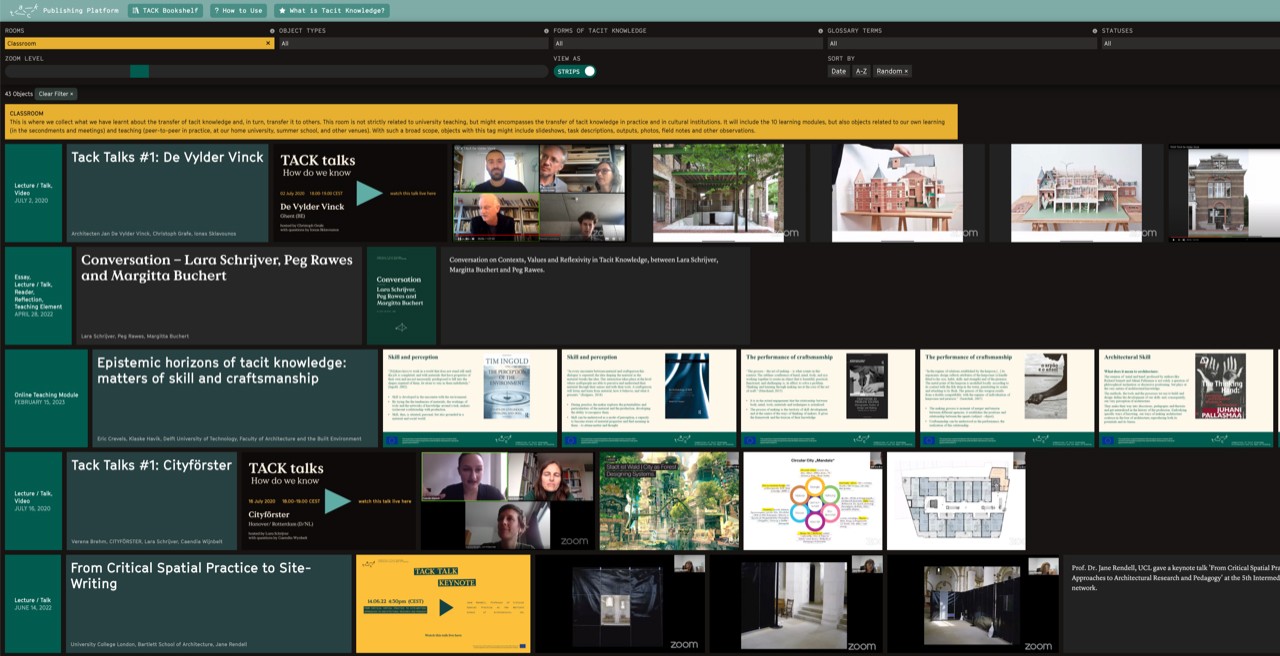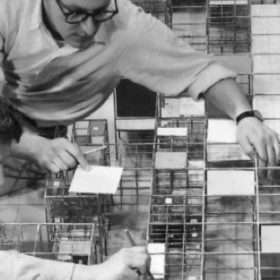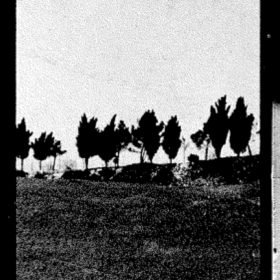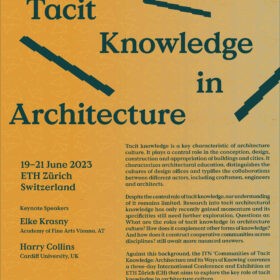
Much of what architecture students learn in the studio is «tacit knowledge.» They develop the skills and sensibilities of architectural and urban design with practice, often under the supervision of instructors and peers, not by studying textbooks. Yet, despite its importance, we know relatively little about how this tacit form of knowing is transmitted. Within the research network TACK / Communities of Tacit Knowledge, we tried to open up the «black box» of knowledge production in the design studio.
The idea of «Tacit Knowledge» was first discussed by the scientist-turned-philosopher Michael Polanyi to describe the way «we can know more than we can tell.» Polanyi suggested that some of our knowledge could not be made explicit because it was personal. It was grounded in our bodily abilities and skills, intuitions, enthusiasms, but still related to collective norms and practices. In this sense, architects and urban designers often work within «communities of tacit knowledge,» sharing an ethos and ways of working with others.
It Just Looks Right
Design studios have always formed «communities of tacit knowledge,» ever since the ateliers of the Écoles des Beaux-Arts in Paris. In the studio, students learn how to draw, make models, and, above all, design with feedback from their teachers, and through a process of socialization in the culture of the studio and the discipline. The result is that students have the capacity to design a project without being able to say exactly what they are doing or how they are doing it: it might just look right.
According to Polanyi, the most effective way to transfer tacit knowledge was to trust in the authority of a teacher. This sentiment carried through to the most influential application of Polanyi’s tacit knowledge in architecture: the idea of a «reflective practitioner,» developed by the philosopher and urban planning professor Donald Schön in the 1980s. Schön observed the way, in a desk crit, teachers drew and talked over a student’s project. In the process, they modelled best practices of how to design and talk about the built environment. In the weekly repetition of this ritual, students learnt what their teachers already knew.
The Perceptible Qualities of Tangible Objects
In our research, we discovered that tacit knowledge in architecture and urban design can also be transferred in many less-hierarchical ways. We saw this, for example, in the case study of the International Laboratory of Architecture and Urban Design (ILAUD), founded by Giancarlo de Carlo in Urbino in 1976. Here, students from various European and North American schools arrived with their own forms of tacit knowledge, but overcame their differences over the summer to form a new, shared «community of tacit knowledge.» They did so through informal peer-to-peer discussions, by being open about their personal and culturally-specific forms of tacit knowledge, and by grounding discussions in the perceptible qualities of tangible objects: Urbino’s buildings, atmospheric drawings, rudimentary models, writing texts together, and walking the city.
Hamish Lonergan is a doctoral fellow at the Chair of the History and Theory of Urban Design, Prof. Dr. Tom Avermaete at ETH Zurich, as part of the European research project TACK / Communities of Tacit Knowledge. His contribution explores tacit knowledge in design studio education since the 1970s, using experimental methods including re-enactment and autoethnography. Previously, Hamish studied and practiced architecture in Brisbane, Australia. His writing appears in gta Papers, OASE, Interstices, and Hochparterre, among other publications.


